Local mores and political currents have long created controversy over the subjects taught in public schools. They also affect the conduct of students and teachers. Dress codes for students and teachers vary widely across the United States. So does the subject matter in classrooms, presenting the same topics in widely differing curricula. The controversies have been in the past, and are in the present, over social, political, moral, and religious issues. They affect health (both mental and physical), family relationships, and the role of educators in American society.
The controversies include the right of parents to demand what information their children receive in government funded schools. But they also affect the services provided by primary and secondary schools in modern society. Services such as day care, nutrition, and counseling all generate considerable debate and controversy regarding basic education in American schools. Here are some of the controversies of today, regarding what is taught in classrooms, social requirements, and school administration…
10. The Lost Cause
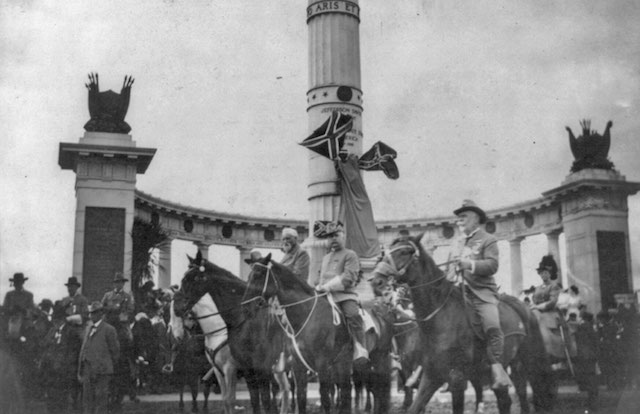
The Lost Cause myth emerged following Reconstruction. Developed primarily by groups such as the United Daughters of the Confederacy (UDC), Sons of Confederate Veterans (SCV), and other like-minded organizations, it promulgated the myth that slavery was not the root cause of the American Civil War. Alternatively, the South went to war to preserve states rights which were protected by the Constitution. In the Lost Cause mythology, enslaved people were well treated, and for the most part content with their lot in life. The belief in White superiority in the antebellum south, plainly described in the founding documents of the Confederacy, was not included in the Lost Cause myth.
For nearly a century, the UDC, SCV, and other groups used their considerable political influence to control how history was taught in Southern schools. The Lost Cause myth was perpetuated in elementary and secondary classrooms. As efforts to debunk the myth expanded in the late 20th and early 21st century cries of revisionism in the schools emerged among those who knew only the distorted history they learned in school. Efforts to erase the myths and replace it with historical facts generated, and still generates, considerable controversy and protests. It expanded to public parks, monuments, military bases and other sites honoring the Confederacy and its leaders and soldiers.
9. Lunch shaming
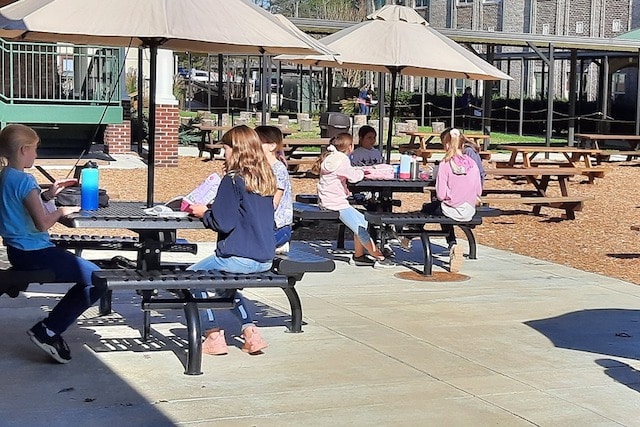
In 2016, an Alabama third grade student arrived home after a day in school with his hand stamped. The stamp read “I need lunch money,” accompanied by a smiley face. The stamp was intended to remind his parents to add money to his school lunch money account. For some it was a harmless reminder. To others it was a means of shaming the student. Particularly susceptible to such shaming are students participating in the Supplemental Nutrition Assistance Program (SNAP). SNAP provides low-income Americans with monthly food benefits. In 2019, 44% of SNAP recipients were school age children.
States have taken steps to restrict using children to protest against SNAP, itself a controversial topic, through lunch shaming. In schools throughout the nation, children participating in SNAP, or with low or negative food account balances, were identified publicly through various means. Such students were required to wear wristbands or have their hand stamped, or offered different meals than those received by students paying for their meals. Such efforts to identify students of poorer means, exposing them to embarrassment, humiliation, and shame, remain controversial. Lunch shaming remains a source of considerable controversy, despite efforts at some state and federal levels to eliminate it.
8. Darwin’s theory of natural selection vs. creative design vs. creationism
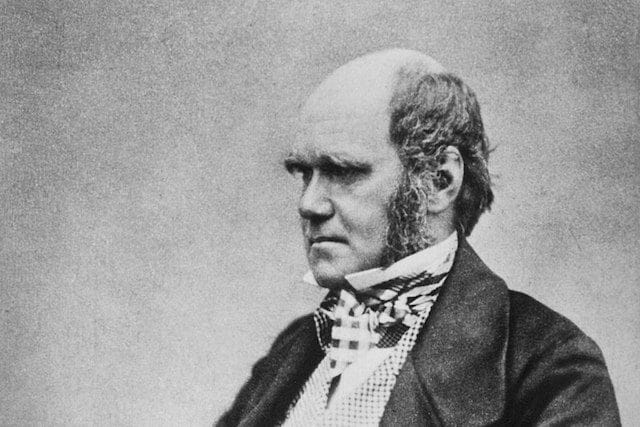
From its first publication in the 19th century, Darwin’s theory of natural selection has generated controversy. How, or if, it is presented in schools remains a point of contention. It is a debate which has been argued in schools, churches, state legislatures, and even the Supreme Court of the United States. In 1987 the Supreme Court ruled the teaching of creationism in public schools was unconstitutional. That led to the birth of “creation science,” or creative design. Supporters of both demand that they be presented as an alternative to natural selection whenever the latter is taught.
Numerous states have enacted such “balanced treatment” laws, only to find them struck down in the courts. In the court’s views creative design is based on science (however dubious) rather than religion, and is thus constitutional. Attempts to drive “Darwinism” from public schools and either replace it with creation science, or ignore the topic altogether, are controversial across the country. How controversial? In Kentucky it is possible to visit Big Bone Lick State Park, where fossils from the Pleistocene Epoch, up to 2.5 million years ago, were found. About an hour away the same visitor can visit the Creation Museum, where displays of creation science claim the earth is less than 7,000 years old. Students are encouraged to visit both facilities.
7. Censorship and banned books
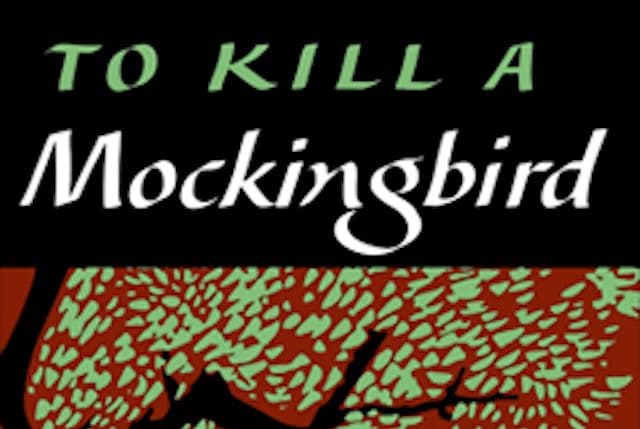
According to TIME Magazine, as well as numerous other sources, efforts to ban certain books from public schools have been increasing for years. Some books are targeted by conservative groups because they deal with LGBTQ issues. Others are selected for banning because they are considered (by some) age inappropriate. Books such as John Steinbeck’s Of Mice and Men and Harper Lee’s To Kill A Mockingbird have been banned by various school boards across the country, as they respond to pressure from those who consider them damaging to young psyches, or otherwise subversive. The argument against banning one book is based on the precedent it sets. If one book can be banned, any book can be banned.
The first book ever banned in the United States, The Adventures of Huckleberry Finn, has a long history of being removed from school libraries for numerous reasons. When it first appeared in 1885, librarians and educators banned it for its course language, considering it bordered on illiteracy. Later it was banned for use of the N-word. A revised version, replacing the offensive word with “slave,” was later banned for offensive stereotypes. Attempts to ban books viewed by some as offensive for whatever reason continue to generate controversy in America’s public schools and libraries. A relatively recently developed weapon in such campaigns is the use of social media. In some cases school board members have even called for the challenged books to be banned and burned.
6. Student dress codes and standards
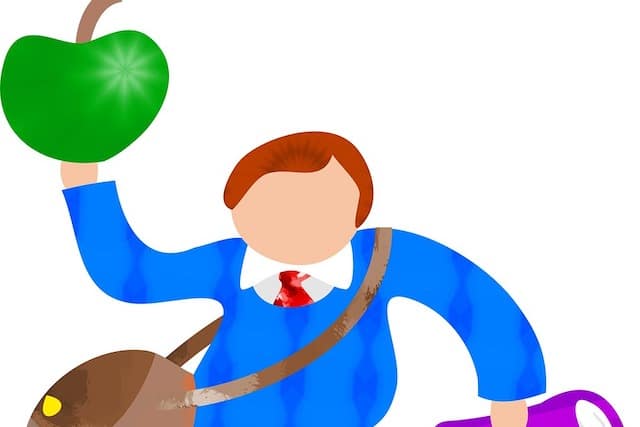
School dress codes and personal appearance standards have long been controversial, as they evolved to adjust to changing community standards. Imposing dress codes is often seen as discriminatory towards girls and young women. Across the country, school boards banning leggings and yoga pants on female students raised dissent among those who preferred to wear them. Standards on hem lengths on skirts, length of shorts, tube tops, and other types of clothing have been protested against, often on social media. Other types of clothes often banned by dress codes include t-shirts bearing messages considered offensive, hoodies, sagging pants, and hats promoting controversial positions.
In 2018, a student at a Maryland school showed up for class in deliberately ragged jeans. A teacher, presumably offended by the skin exposed by the tears, ordered the seventh-grader to cover them with duct tape. Across the country, students pushed back against similar actions by school authorities and administrators, arguing that female students and those of color are singled out for dress code violations. Due to such controversy, the argument for adoption of school uniforms for all public school students has gained ground. In the 2017-18 school year just over 20% of all American public schools mandated school uniforms for all students.
5. Freedom of speech and its limits
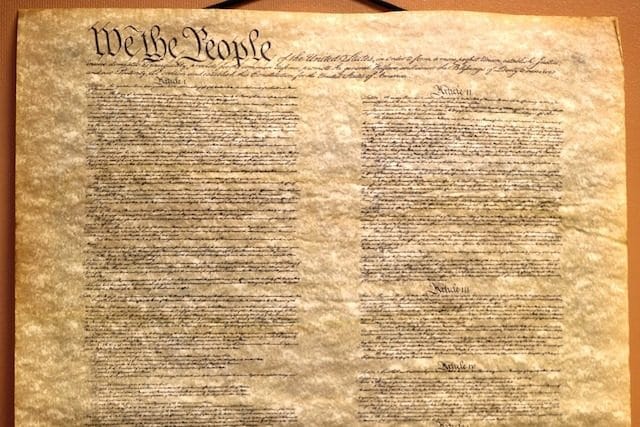
Freedom of speech in public schools is both a topic for study and a right held by the students. According to the United States Supreme Court, students in public schools, “…do not shed their constitutional rights to freedom of speech and expression at the schoolhouse gate.” Yet school administrators often exercise their obligation to limit freedom of expression when it threatens the rights of others, or is disruptive of the school environment. Such limits raise cries of violations of the rights of the student so limited. According to the American Civil Liberties Union, students retain the right to display their opinions on abortion, or in support of certain social activities and moral beliefs. Yet many school systems attempt to restrict them, under community pressure.
Schools can and do restrict freedom of expression in a myriad of ways. They cannot ban free speech, but they can ban speech that is slanderous. They can ban expression which is considered obscene, or pornographic. If they want to ban hats supportive of a specific message, they must ban the wearing of all hats. In short, while learning of the rights guaranteed by the First Amendment, and the remainder of the Bill of Rights for that matter, students can be required to be respectful of their obligations to their fellow citizens, who also bear the same freedoms. As with any other aspect of American life, freedom of speech is and will likely always be a subject of controversy in public schools.
4. Global warming, climate change, and carbon footprints

Some states have taken the position that there are two sides to the issue of global warming. Having not accepted global warming as scientific fact, they attribute to it the same attitudes as held by some regarding evolution. Climate change, the almost universally accepted result of global warming, remains controversial in American schools. School boards and state legislatures have different viewpoints on the issues, and the result is considerable controversy over teaching them. Texas, Louisiana, Kentucky, and South Dakota are just a few of the states that require global warming, climate change, carbon footprints, and humanity’s role in creating them be taught in a balanced manner. According to the South Carolina legislature, global warming is “a scientific theory rather than a proven fact.”
One argument against teaching climate change in public schools is that teachers are unprepared to do so. Science textbooks carry little information about the subject, even when they contain anything at all. Climate and weather patterns have long been largely ignored in American science curricula. The role of people contributing to climate change is debated in political circles, despite the overwhelming concession of climate scientists that the personal reduction of carbon footprints is imperative as well as urgent. In a 2016 NPR/Ipsos poll, over 80% of parents with children in public schools indicated they favored teaching the subject, yet many states continue to resist doing so, or demand alternative explanations of the phenomenon be presented.
3. Government funded health care and vaccines

The Centers for Disease Control recommend teaching health care to students at the elementary and secondary levels. They base their recommendations on several issues, with the primary being the clear connection between early education in the subject helping to reduce health risks in preteens and teenagers. Yet health care and the government’s role in providing it to individuals remains controversial. The debate is simple. What is the role of government, and through government public schools, in providing information regarding health care, as well as access to health care through government programs? Most parents comply with vaccine requirements for access to public schools, though anti-vaccine movements have gained support, beginning with protests over the MMR vaccine and its debunked links to autism in the early 21st century.
Of special concern for schools and educators is addressing issues of mental health. The National Education Association estimated that about one in five teenagers in American schools – 20% – have some form of identifiable mental health condition. This creates problems for the student, the family, the teachers, and classmates. Yet discussions of mental health issues in the classrooms of American public schools remains a contentious topic. As of this writing, mental health issues remain a daunting challenge in public schools, as do the means of identifying and helping those students who suffer untreated.
2. Sex education and gender identity

Laws concerning the long-standing controversy over sex education in public schools fall under the jurisdiction of the individual states. What that means is what is taught and what is not varies depending on where a child is educated. Across the United States sex education has always been controversial. Until fairly recently the main issues generating controversy were when the topic became age appropriate, birth control, local values, and the subject of abstinence. In some communities, including in some states, the subject of abstinence is required, identified as “sexual risk avoidance.”
In more recent years, emergence of LBGTQ issues, gender identity, sexual harassment, unisex restrooms, sexually transmitted diseases, and others have added to the controversy. While the majority of parents have long agreed some sex education should be presented in schools, there has never been agreement on what should be taught and at what age. For example, according to a study conducted by the Center for American Progress, 40 states did not address either healthy sexual relationships, or what constitutes sexual assault, in their sex education curricula as recently as 2018.
1. Police brutality and community policing
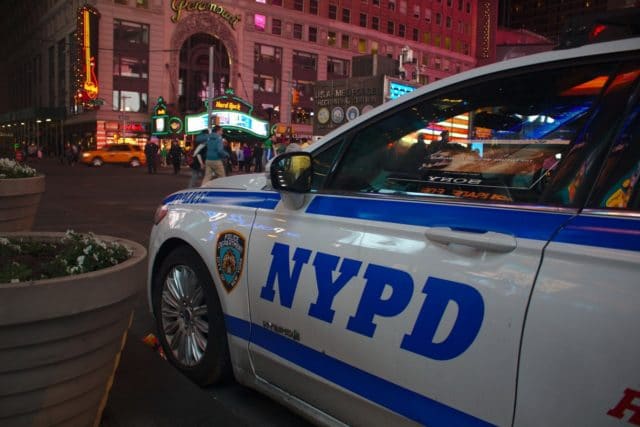
The role of America’s police forces has become controversial in recent years, and it is no surprise that discussion of the police in America’s public schools has as well. In schools where resource officers are present, how students interact with them is one source of controversy. Students retain their rights protecting them from illegal search, the right to remain silent, and other rights while dealing with law enforcement officials. Yet failing to comply with the requests of the school resource officer makes students liable for disciplinary action in some communities. In many states, parents and the general public have questioned the wisdom of having police officers in the schools, where they act not only to prevent crime and protect students from potential harm, but also as counselors.
As classes discuss the role of the police in the wake of incidents of police brutality, which rapidly gain viral status on social media, school resource officers find themselves ostracized. The ACLU released findings in 2017 that Black students are more often charged with crimes on school grounds then other students. Several states, pushed by organizations such as the PTA, NEA, and the National Association of School Psychologists, have debated reforming the presence and support of school resource officers in their education systems. Though all support their presence, they seek better standards and training to improve their relationships with the students with whom they interact. As with all the issues presented here, the influence of police officers in primary and secondary education is and for the foreseeable future will be a source of controversy in American education.